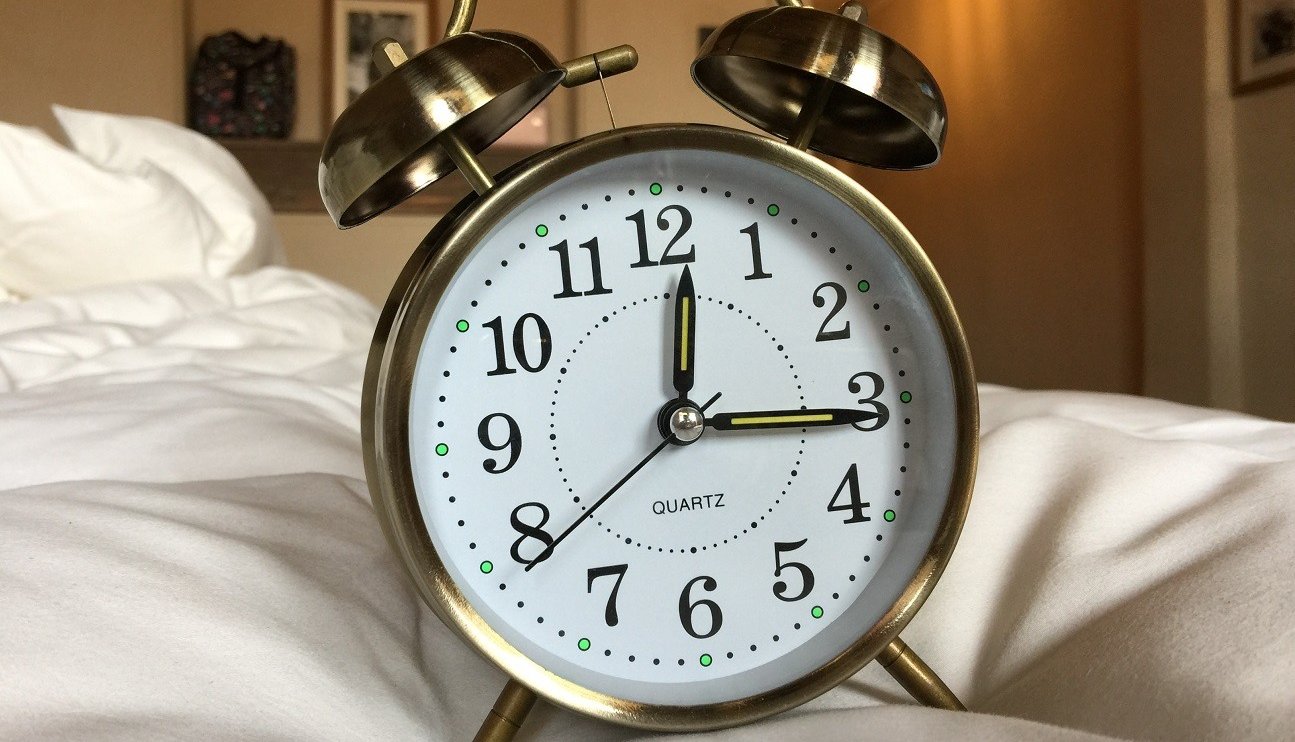Editor’s note: this article on choice of hours and time flexibility was originally published on The Conversation by Stefan Volk, Associate Professor and Co-Director Body, Heart and Mind in Business Research Group, University of Sydney.
Are you a morning or evening person? Studies show we have strong differences in when we feel most creative and do our best work during the day.
These differences go far deeper than just personal preference. Whether you like to get up early (a “lark”) or go to bed late (an “owl”), and when you are more productive, is a biological predisposition related to the settings of your internal body clock that synchronizes your bodily functions with the rotation of the planet.
Research suggests genetic effects account for about half of the variability between individuals. Environmental factors and age explain the rest.
Yet most workplaces take a cookie-cutter approach to time, forcing us to work standardized hours. There are clear organizational advantages to this, but the disadvantage is that you (and your colleagues) may not be working at your most productive times.
In the past few years, we’ve seen a revolution in where we work. The enforced experiment of remote working during the pandemic has done much to overcome decades of managerial resistance to greater flexibility. Is it now time for a revolution in when we work?
If done well, my research suggests, it could lead be the next big gain in productivity—but only if the downsides are acknowledged and competing needs balanced.
Variations in chronotypes
Differences in the human body clock are often referred to as chronotypes.
Chronotypes exist on a morningness-eveningness continuum but individuals are often broadly classified based on the timing of their daily performance peaks as either morning types, evening types or intermediate types.
Most kids are morning types. Most teenagers are evening types. In the working-age population, about 20 percent can be categorized as either morning or evening types while 60 percent are intermediate types.
Women are slightly more likely to prefer earlier hours than men up until menopause, when differences disappear. People who live further from the Equator are more likely to be evening types.
Chronotypes determine when during the day we feel energized and prefer to be active and perform demanding work. They also determine when we feel tired and prefer to work on less demanding tasks or to rest. So they are important to how productive you are.
If you’re a lark, you may be missing your best hours working 9 a.m. to 5 p.m. If you’re an owl, you may be knocking off when you’re at your most alert.
The pros and cons of time flexibility
Could greater work-time flexibility be the next big key to unlocking greater well-being and productivity? My research suggests yes, but only by acknowledging that increased work-time flexibility can also lead to negative consequences.
The downside—particularly if time flexibility is combined with remote working—is less interaction with colleagues, leading to greater isolation and lower creativity and innovation.
The benefits of “serendipity”—unplanned hallway and cafeteria discussions—are well-recognized. The less time we spend with coworkers, the less likely we are to connect, make friendships and develop team spirit.
But these problems are no more insurmountable than the challenges of remote work. There are comparatively easy ways to mitigate unintended side effects through designing work-time arrangements that balance individual and organizational interests.
How to manage chronotype diversity
The key is for organizations to segment work time into four parts.
- Fixed on-site working hours: during these times employees are expected to attend the office and be available for in-person meetings, collaborative work and social gatherings. There is no hard-and-fast rule on how many days this should be, but surveys suggest employers generally want at least three days a week, while workers want less.
- Fixed flexible-location working hours: during these hours all employees can work remotely if they want, but work a set number of standard work hours—say 10 a.m. to 3 p.m. These hours will depend on the needs of the organization and the degree of teamwork required.
- Flexible working hours: beyond fixed working hours, workers can choose when to work to make up their full hours.
- Lockout hours: it is important to prevent excessive, potentially self-harming behavior by setting limits through “lockout hours”—7 p.m. to 7 a.m., for example—during which employees are strongly discouraged from working unless absolutely necessary.
Increased work flexibility is one of the few positive outcomes of the pandemic. But revolutions are rarely smooth. We have to be conscious of the potential pitfalls to avoid them.
Through careful attention to unintended consequences, and developing new work structures, there’s no reason to think we can’t have more flexibility over where and when we work.
For more on workplace flexibility, read How Hybrid Work Can Hold Women and Minorities Back and What We Can Do About It.







Add Comment